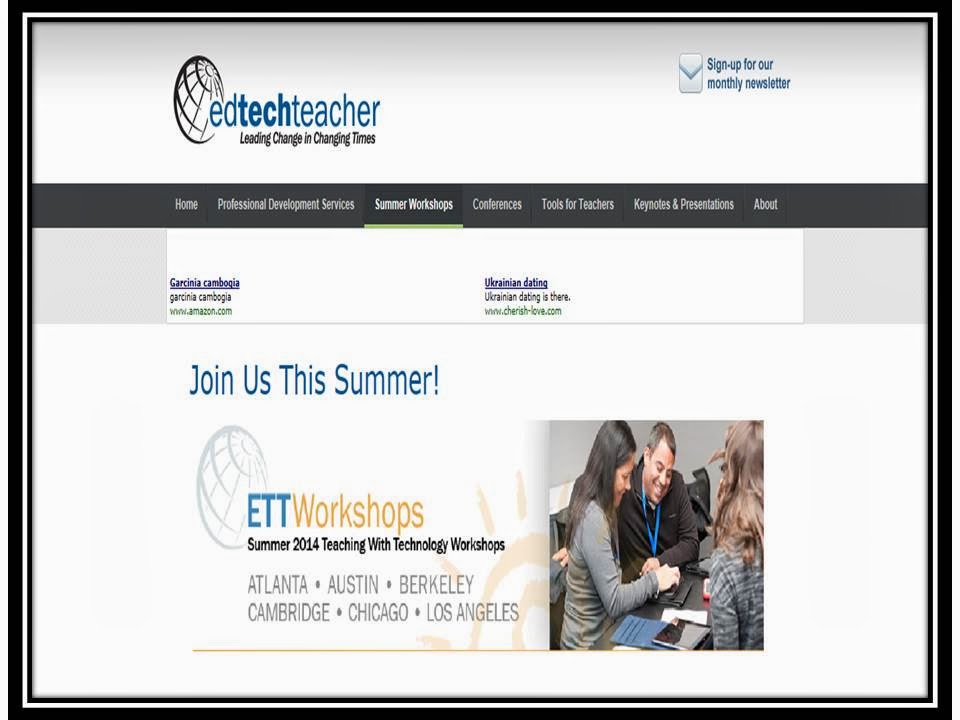TED - Ideas Worth Sharing!
TED believes fervently in the power of networking and sharing ideas; ideas that transform attitudes, lives and, ultimately, the world. The TED resources are a clearinghouse of unrestricted knowledge from the world’s most inspired thinkers, and also a network of curious souls to engage ideas with.
The springtime TEDConference is held yearly on the West Coast of the United States.
The range of content includes science, technology, business, the arts and the
global concerns facing our world. Over a course of four days, 50+ speakers each
take an 18-minute slot. Their talks are mixed in with shorter presentations,
including comedy, performances and music. “There
are no breakout groups -- everyone shares the same experience. It shouldn't
work, but it does ... because all of knowledge is connected. Every so often it
makes sense to come out of the trenches we dig for a living, and ascend to a
30,000-foot view, where we see, to our astonishment, an intricately
interconnected whole.”
TEDActive unites a curated community of inquisitive and energetic
leaders to experience an immersive week of viewing the TED Conference in a
creative and informal setting. The gathering is speckled heavily with
surprising experiences created to inspire conversation and instant action
around ideas.
As a teacher, one of
the most used resources that I tap into is the TED Talks videos. They are all accessible through YouTube and
my students find the presentations interesting and thought provoking.
 |
| *Click on the photo above to visit the TED web site* |
TED started out in
1984 as a conference designed to connect people from three worlds: Technology,
Entertainment, and Design. In the interim,
its reach has become even wider and includes the TED Conference, TED Global,
the award-winning TED Talks video site, TED Conversations, TED Fellows and TEDx
programs.
The focus of today’s
article is the TED Talks conferences and videos. Within these conferences TED connects some of
the world’s most captivating thinkers and doers. Speakers such as Erin Gruwell: The Freedom Writers-Becominga Catalyst for Change, Steve Jobs: How to Live Before You Die, Sir KenRobinson: How Schools Kill Creativity, and Simon Sinek: How Great Leaders Inspire Action. All presentations
are given in 18 minutes or less and make a great resource to use in the
classroom, at staff meetings, or just for your own professional development.
TED believes fervently in the power of networking and sharing ideas; ideas that transform attitudes, lives and, ultimately, the world. The TED resources are a clearinghouse of unrestricted knowledge from the world’s most inspired thinkers, and also a network of curious souls to engage ideas with.
 |
| Click on the picture above to learn more about TED 2014 |
 |
| TED ACTIVE 2014 ~ The Next Chapter |
TEDGlobal treks the world and is more international in nature. The
complete TED format is preserved, with a wide-ranging list of speakers and entertainers
for four days of inspiring sessions. TEDGlobal was held in Oxford, UK, in 2005,
2009 and 2010; in Arusha, Tanzania, in 2007; in Edinburgh, Scotland in 2011,
2012 and 2013; and in 2014, it will head to Rio de Janeiro, Brazil.
I highly encourage you to utilize these
resources or at least give them some of your personal time.
I promise you that you won’t be discouraged!
I promise you that you won’t be discouraged!
Until
tomorrow…..
Collaborate and
Connect Your Curriculum!
















